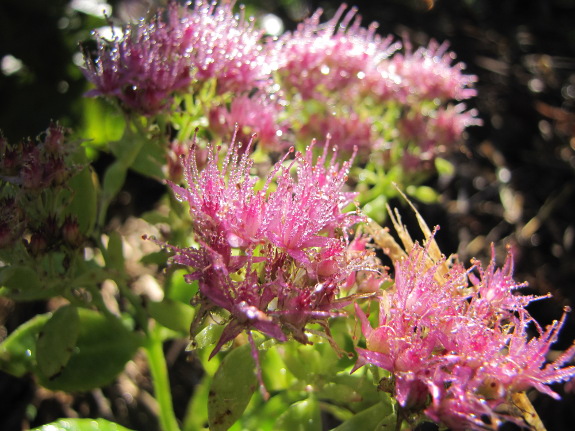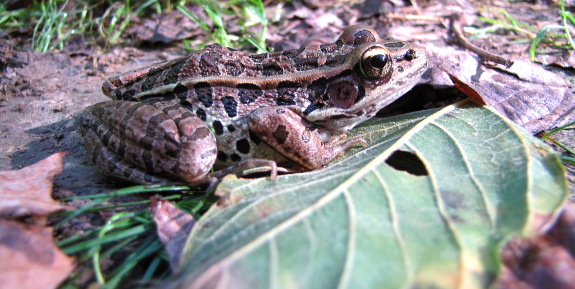
2012 forest garden

The perennials still
aren't as perfect as I'd like them to be, but the summer of 2012 marked
the first year that I was able to spend time thinking about trees and
berry bushes when the leaves were present. As a result, I got to
try out a few new techniques, which I'll be regaling you with during
this week's lunchtime series.

But first, new readers
might want to read some old posts that introduce you to forest
gardening in general and to our forest garden in specific:
- What is a forest garden?
- Some
of the challenges faced by our forest garden location
- My original plan for our large forest garden
- Our most successful experiment, a forest garden island
- My sumup of forest garden experiments in 2010
- 2011: An
overgrown forest garden and the
bright side of neglect
- Two mature Appalachian forest gardens
- The
most inspiring forest garden I've seen in person
- The oldest temperate-climate forest garden around
I hope that whets your
appetite to tune in during your lunch break this week. And I
invite anyone who has a forest garden of any age to provide a link to
the relevant parts of your blog in the comments section --- I'd love to
"tour" some more forest gardens from the comfort of my own home.
| This post is part of our 2012 Forest Garden lunchtime series.
Read all of the entries: |
Want more in-depth information? Browse through our books.
Or explore more posts by date or by subject.
About us: Anna Hess and Mark Hamilton spent over a decade living self-sufficiently in the mountains of Virginia before moving north to start over from scratch in the foothills of Ohio. They've experimented with permaculture, no-till gardening, trailersteading, home-based microbusinesses and much more, writing about their adventures in both blogs and books.
Want to be notified when new comments are posted on this page? Click on the RSS button after you add a comment to subscribe to the comment feed, or simply check the box beside "email replies to me" while writing your comment.

Anna,
I am wondering what size area is required for a place to be a forest. I am pretty sure Mom's yard is big enough for a garden. Of course being in a city involves a patchwork of surrounding fragmented forest. What do you think? I have been thinking a lot lately about how Mom's lot attracts urban wildlife: owls, frogs, cicadas, flickers, bees galore... Of course we have plants worth bragging on including goldenrods, asters, pawpaw trees, marigolds, more mints than I know, well, more plants than I can even begin to name.
More than the biology though, our own soil is increasing in mulch from Megan and Erek, becoming more and more abundant in life. I want to learn more about how I can bring better health to our urban lot. OF course we might do better with a rain barrel. I guess I am trying to find an elemental change I can work on here to benefit the "forest garden." Air? Water? Soil? Ideas?
Maggie --- I often think of how I'd redesign Mom's yard for maximum production, but I doubt she'd agree to what I'd do first --- cut down all the mulberries since they don't actually produce fruit. With all the light you'd get from that, you could terrace the steep side going up into the lot next-door and put in productive (but smaller) fruit trees like semi-dwarf apples, peaches, etc., while still leaving more light for the vegetable garden at the bottom.
I don't know, technically, if people would call the yard a forest garden at the moment or not. Usually, that term suggests that you get a use from the tree layer, which you don't at the moment. On the other hand, it has the gestalt of a forest garden in many ways. Size isn't the deciding factor --- some people call it a forest garden when they simply add complexity around the base and edges of a single fruit tree.
Anna! Pardon me! I actually thought I clicked "email replies to me" but no, I forgot. So I missed your response and looked it up.
I don't know if I could convince Mom of anything as drastic as chopping down those trees. But I think they don't do a think to passively shade the house (as in passive solar).
If Mom ever did want to cut down the mulberries though, I think it would be neat to make a fence out of the standing posts.